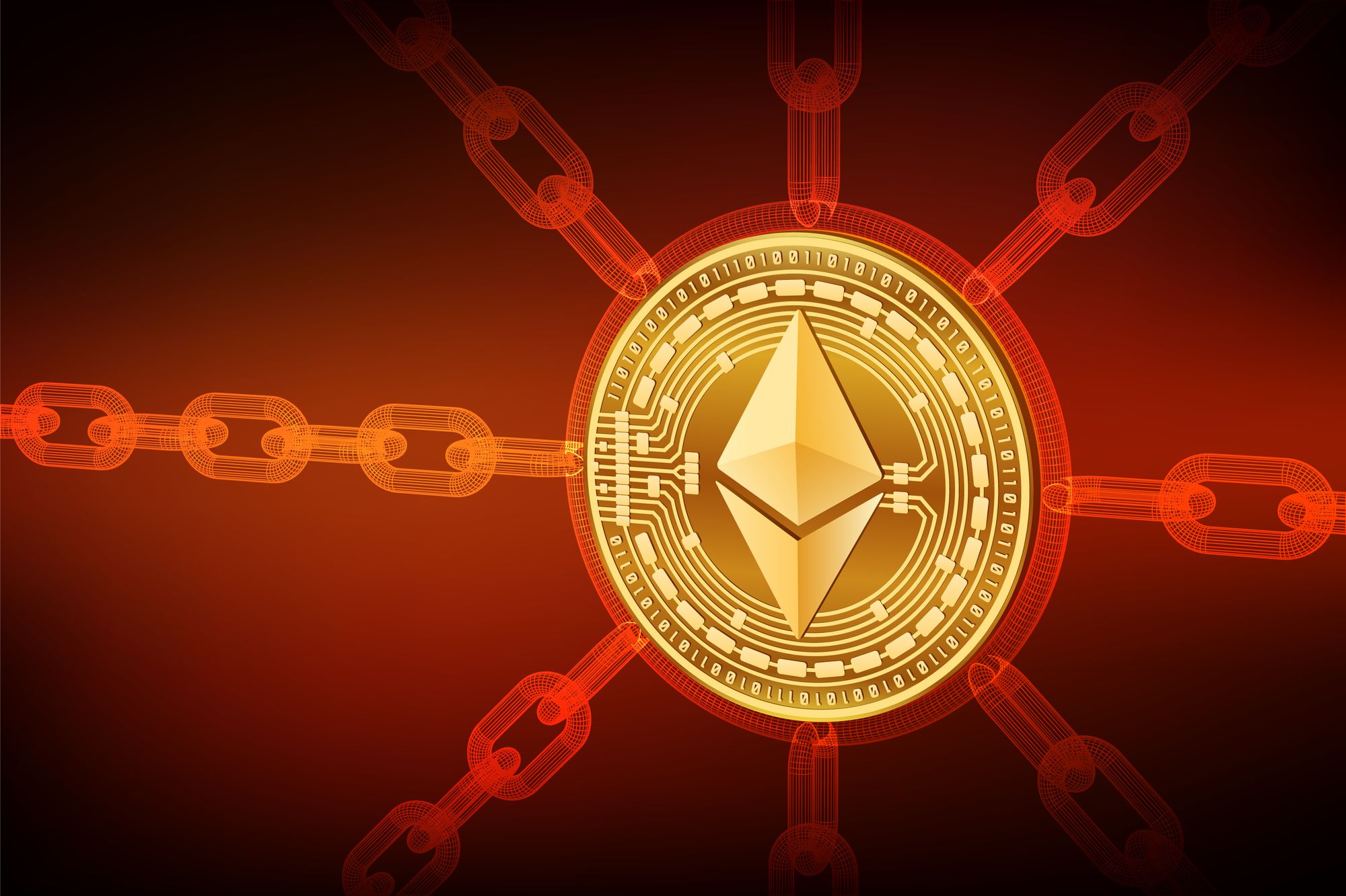Debunking Myths: Will the Ethereum Merge Make Transactions Cheaper?
No, the Ethereum Merge on its own won’t make transactions cheaper. However, events scheduled after the Merge, such as sharding and purging, are focused on scalability; hence, they will make Ethereum transactions cheaper. However, in a way, the Merge can take some credit

The Ethereum merge is currently the most anticipated event in the world of cryptocurrency and blockchain. Currently, Ethereum is one of the most expensive to use blockchains, as its speed of 13 TPS isn’t sufficient enough to handle the traffic on the network, leading to frequent network congestion in peak times; as a result, gas fees increase as miners prioritize higher gas fees.
One of the biggest reasons ETH 2.0 is highly anticipated is the popular opinion that upon greater scalability, transactions on the Ethereum network will cost way less than they used to, making the Ethereum network competitive in terms of cheapness. However, is this a correct assertion? For example, will gas fees on Ethereum significantly reduce after the Merge?
What Network Upgrades Are Expected in “The Merge.”
Upon migrating to a Proof-of-Stake (PoS) ecosystem, the following changes are expected from the Ethereum Network.
1. Reduced Energy Demands: The switch from mining new blocks via a PoW consensus to a PoS consensus with network validators will result in a 99% reduction in energy consumption. As a result, many government bodies are expected to lower the resistance toward crypto adoption, and perhaps, more countries will legalize cryptocurrency.
2. Better Decentralization: Mining activities are greatly streamlined to quite a small number of people who can afford mining equipment, primarily in pools. Hence, mining activity is relatively centralized, with the major players in a handful of mining pools. A switch to PoS consensus will eliminate this centralization as the entry barrier to becoming a validator is just 32 ETH, which is more easily achievable than the expensive GPUs needed for mining.
3. Deflationary ETH: The upgrade to ETH 2.0 is expected to make the Ethereum token deflationary. Due to staking, a substantial amount of Ethereum tokens will be locked; hence, the spendable available Ethereum will be limited, and this scarcity will cause deflationary economics and scarcity.
What Network Upgrades Are Not Expected in “The Merge”
1. Sharding: Sharding is a computer technique that partitions data horizontally for simultaneous processing. For example, if there is a total of 24 data packets to be processed by a single system with an average processing time of 1 minute per data packet, sharding to four partitions will allow the processing to be four times faster than normal; hence, the data can be processed in 6 minutes, instead of 24 minutes.
Sharding is one of the biggest updates expected after the Merge and not during the Merge. As a result, the Ethereum network will be split into 64 shards with a minimum of 4,096 validators on each shard; hence, the network is expected to reach a record speed of 100,000 TPS.
Technically, sharding the blockchain is a function of ETH 2.0; however, it won’t happen after the Merge in September 2022; instead, it is expected to happen in 2023. Upon sharding, the Ethereum network will experience greater scalability, leading to extremely cheaper gas fees.
2. The Verge: Typically, blockchain information is stored in Merkle trees, where every leaf (nodes) is labeled with the cryptographic hash, which contains transaction data. Upon switching to ETH 2.0, the information system on the Ethereum blockchain will change to “Verkle Trees” that allow cryptographic hashes to contain lesser data for transaction confirmation. Unlike Merkle trees, that store a large amount of data, Verkle trees only require proof of the data, which will then be verified by someone with access to the tree’s root. This will make the information on the blockchain less bulky, hence, favoring scalability.
3. The Purge: The Purge is quite as simple as it sounds; it is aimed at “purging” the blockchain of excessive historical data so that validators only have to deal with useful, recent data. This aims to reduce network congestion since validators don’t need to update the blockchain as far back as the Proof-of-Work history. Hence, it is also primarily focused on scalability.
Answering The Question: Will The Ethereum Merge Make Transactions Cheaper?
No, the Ethereum Merge on its own won’t make transactions cheaper. However, events scheduled after the Merge, such as sharding and purging, are focused on scalability; hence, they will make Ethereum transactions cheaper.
However, in a way, the Merge can take some credit for making Ethereum transactions cheaper because, without a successful merge, sharding and purging the blockchain may never happen.
For more beginner tips, as well as detailed guides on cryptocurrency and blockchain technology, do well to visit the Cwallet Blog and follow our social media communities: